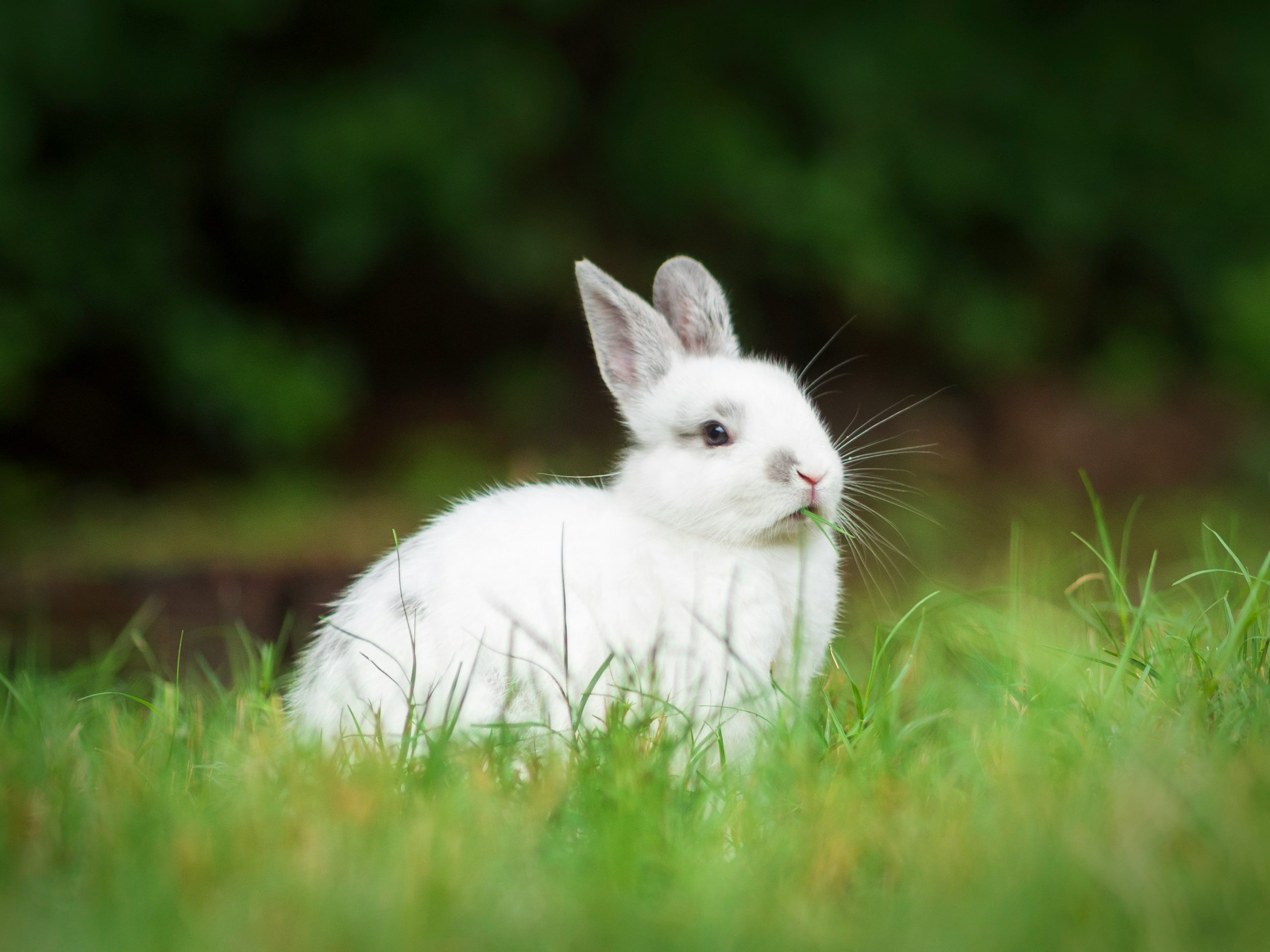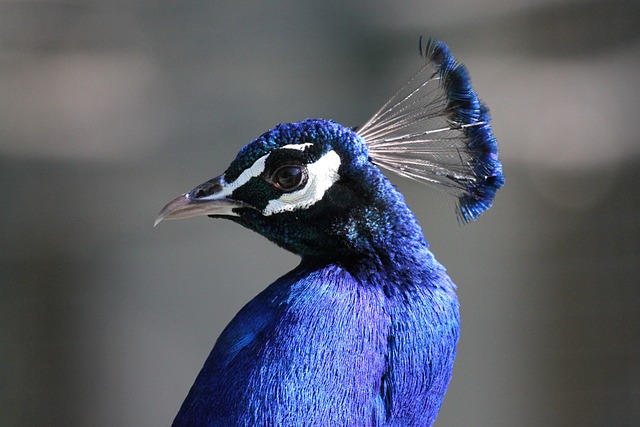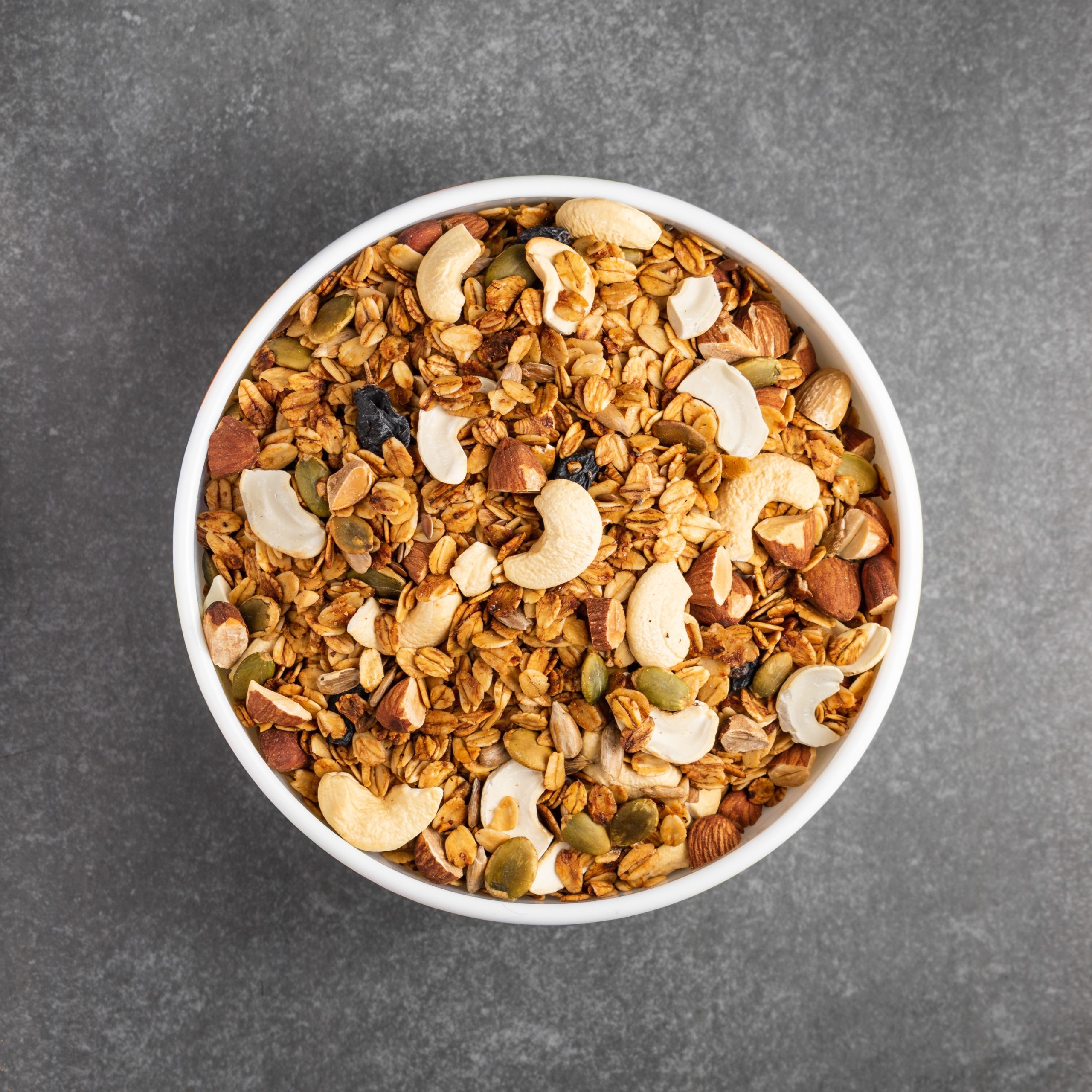Do hawks eat rabbits yes, Hawks eat rabbits. With sharp talons and curved beaks, they catch, kill, and consume rabbit prey. Hawks are birds of prey that hunt and feed on small mammals and birds. Rabbits, as small ground-dwelling mammals, do fall prey to various hawk species. Understanding this predator-prey relationship can help rabbit owners better protect their pets.
Which Hawks Eat Rabbits?
Several hawk species found across North America prey on rabbits. The main hawks that feed on rabbits are:
Red-Tailed Hawk
The most common hawk in North America, the red-tailed hawk, is also the most likely to prey on rabbits. These large raptors have a diverse diet and function as opportunistic predators. Backyards and open fields frequented by rabbits draw hungry red-tails.
Sharp-Shinned Hawk
A smaller accipiter species, the sharp-shinned hawk engages in surprise aerial ambushes. Their slim build allows them to navigate dense vegetation when targeting small mammals and birds—a key hunting advantage when pursuing rabbits.
Cooper’s Hawk
Larger than sharp shins but smaller than red-tails, Cooper’s hawks also specialize in swift surprise attacks from cover. A steady population increase has expanded Cooper’s hawk territories—escalating backyard rabbit encounters.
Can a Hawk Pick Up a Rabbit?
The size and strength of hawks allow them to lift rabbits as prey. Sharp-shinned and Cooper’s hawks can lift to 3-4 pounds. The larger red-tailed hawk can pick up prey weighing from 3-5 pounds. Since most cottontail rabbits weigh 2-4 pounds, hawks can readily carry even adult rabbits once grasped.
What Other Predators Can Be a Danger to Rabbits in Your Yard?
Beyond hawks, rabbits face threats from other predators drawn to backyard food sources and shelter.
| Predator | Danger Posed |
|---|---|
| Foxes | Main predator of rabbits; attacks by digging into hutches/burrows |
| Cats | Hunt rabbits for food; may attack caged outdoor rabbits |
| Coyotes | Opportunistic feeders of small mammals like rabbits |
| Raccoons | Forage and prey on a wide variety of small animals |
| Snakes | Constrictors like rattlesnakes can strike and eat caged rabbits |
| Feral dogs | Can severely injure or kill domesticated rabbits |
This range of mammal and reptile predators means yard precautions must safeguard against ground and aerial threats.
How to Protect Rabbits from Hawks & Other Birds
Protecting pet rabbits requires covering their habitat and limiting outdoor exposure:
Sturdy Enclosure
Rabbit hutches and runs should have 1” wire mesh tops, sides, and floor to prevent predators from reaching in. Use sturdy materials (ex: wood, metal) that foxes cannot dig through or collapse.
Supervision Outdoors
When allowing outdoor exercise, stay close by to scare off circling raptors. Have a protective indoor shelter nearby for the rabbit to hide within. Restrict free access to yards that may attract hawk attacks.
Deterrent Devices
Place decoys, flash tape, or other deterrents to make yards less welcoming to hawks. Loud noises can also startle approaching birds. Avoid bird feeders that invite small bird flocks hunted by raptors.
Do Hawks Get Along with Rabbits?
In the wild, hawks view rabbits as prey, not companions or flock mates. This innately adversarial, predator-prey relationship means hawks threaten rather than coexist with species like rabbits. Their behavior reflects an ecological divide, not personal animosity. Still, the hunting threat hawks pose engenders fear in rabbits and risk for owners. Beyond habitat protections, little can improve relations between predator hawks and prey rabbits sharing space.
Common Types of Hawks That Eat Rabbits
The hawk species most likely to target domesticated rabbits in North America include:
Red-Tailed Hawks
Red-tailed hawks dominate most regions of the United States thanks to their versatile hunting skills and broad diet. These opportunistic predators eat mammals from mice to rabbits, but also snakes, lizards, and insects. When circling high overyards they may spot unprotected outdoor rabbits.
Cooper’s Hawks
An accipiter species perfectly adapted for navigating dense woods and backyards, Cooper’s hawks sneak through vegetation before ambushing small prey. Backyard bird feeders also draw songbirds for hawks to snatch amid strikes at rabbits and chickens.
Sharp-Shinned Hawks
The smallest accipiter species, sharp-shins hunt songbirds yet also take mammals and reptiles opportunistically. Their small size aids aerial maneuverability targeting rabbits and squirrels in overgrown yards where they can conceal strikes.
Why Do Hawks Eat Rabbits?
Several key factors drive hawks to prey on rabbits:
Ideal Size
Weighing just a few pounds, rabbits present manageable meal sizes for hawk species adapted to carrying similar-sized prey while hunting.
Abundance
Rabbits occupy habitats overlapping with hawk ranges across most of North America. Backyards hosting domesticated rabbits provide easy hunting grounds for urban-adapted raptors.
Calorie Content
Offering meat and protein vital to hawk diets, rabbits fuel these aerial hunters. Their fat and nutrient value outmatches smaller songbirds.
Shared Space
Backyards provide prime rabbit habitat but also allow hunting access for hawk populations adjusting to urban areas through food innovation.
How Do Hawks Hunt and Kill Rabbits?
Hawks rely on speed, aerial agility, sharp talons, and surprise when hunting rabbits:
Aerial Spotting
Soaring high above yards and fields in wide circles, hawks scan below for potential prey movement. A bounding rabbit catches a hawk’s attention.
Rapid Dives
Folding wings to minimize wind resistance, hawks enter rapid dives closing the distance to target rabbits on the ground within seconds.
Talon Strikes
Reaching speeds over 100 mph, hawks stretch their large talons forward to strike rabbits with brutal force. Sharp talons dig in on impact to pierce flesh and lift prey. The goal is piercing organ damage inflicted in passing strikes.
Carrying and Consumption
If a grasping hawk manages to lift a rabbit, it will carry the mammal to a tree, post, or other raised perch. Hawks use sharp beaks to systematically tear flesh and feed while keeping watch for threats from other predators. They may return periodically to guarded uneaten carcasses.
When Can You Witness a Hawk Eating a Rabbit?
Hawk attacks on rabbits often unfold quickly, but possible times to spot such predation include:
During Nesting Season
Demand to feed hawk nestlings increases hunting by adults in spring, escalating rabbit kills. Sightings rise late March through July as fledglings hatch.
Warm Afternoons
Ideal conditions for hawk flight and heightened rabbit activity outdoors mean more daylight attacks. Strikes occur more often on sunny, mild-weather afternoons.
At Dawn and Dusk
Subdued light masks hawk approaches while many rabbit species forage most actively early and late in the day. Expect aerial ambushes during these transitional periods.
Near Gardens and Feeders
Bird and mammal activity concentrated around backyard food and water sources offers ideal hawk hunting grounds. Perches allow short striking distances to rabbits.
Are Rabbits Afraid of Hawks?
Yes, rabbits rightfully fear hawk attacks as a mortal threat. Their prey instincts sound alarms at signs of lurking raptors overhead:
Sight and Sound Cues
Sudden hawk shadows passing overhead or piercing bird shrieks trigger fearful freeze responses in rabbits along with upright ear vigilance. Rabbits associate these cues with the imminent danger of predator strikes from above.
Stress Responses
Some researchers propose rabbit populations demonstrate lasting stress responses tied to the presence of raptor calls and sightings. Their awareness of vulnerability to hawk attacks may contribute to lasting anxiety.
Hiding and Burrowing Instincts
Thump warnings of aerial threats send rabbits rushing to hide under vegetation, dig burrows, or seek shelter. These evasive instincts offer their main protections against raptors.
Risk Avoidance
In habitats with regular hawk activity, rabbits display more cautious behavior by limiting exposed activity during daylight hours when hawks actively hunt. Their behaviors evolve to minimize encounter rates.
How to Keep Your Rabbit Safe from Hawks
Rabbit owners can apply several protections against hawk attacks:
Secure Hutches
Keep pet rabbits in hutches with wire mesh tops and sides as added defenses against raptors. Use solid roofs to prevent attacks from above. Place hutches away from trees and raised perches.
Supervise Outdoor Time
When rabbits are allowed playtime outdoors, remain close by to startle incoming hawks with loud sounds. Have a nearby covered den or tunnel allowing rabbits to take quick shelter.
Deterrents and Prevention
Install hawk deterrents like decoys, flash tape, and wind chimes to make yards less inviting to circling raptors. Trim vegetation allowing concealment and collisions.
Guard Dogs
Some breeds like Shetland Sheepdogs display watchdog traits ideal for alerting owners about lurking hawks near yards or rabbit pens. Their presence and barking can distract inbound raptors.
Can You Save a Rabbit from a Hawk?
If a hawk is actively pursuing or carrying a rabbit, rescue attempts face long odds but remain worthwhile to protect pets. Emergency actions to halt attacks and minimize injury include:
Startle and Distract
Make sudden loud sounds by shouting, whistling, or triggering alarms. Wave arms to distract the hawk during its focused attack on a fleeing rabbit. Even briefly interrupting strikes helps rabbits reach shelter.
Attack Deterrents
Spray approaching hawks with water hoses or throw nearby objects to scare the raptor away amid its attack. Apply any harassment tactic to interrupt the hawk’s progress.
Medical Care
Inspect rabbits following hawk attacks for external wounds and also signs of internal organ damage. Quickly bring injured rabbits inside for emergency treatment to stabilize health and address injuries. Monitor distressed rabbits closely.
How Does the Habit of Hawks Eating Rabbits Impact the Ecology?
While disturbing for pet owners, hawk predation represents a natural ecosystem relationship:
| Ecological Role | Impact |
|---|---|
| Population Control | Hawks help limit wild rabbit overpopulation and vegetation damage tied to rabbit foraging habits. |
| Prey Abundance | Available rabbit populations affect hawk nesting success and adaptability to regions and habitats. |
| Food Chain Balance | As prey for apex avian predators, rabbits indirectly impact insect and plant levels down the food chain. |
| Evolution Driver | Predator-prey pressures spur beneficial traits in both hawks and rabbits overtime. |
| Disease Regulation | Culling weak rabbits aids overall rabbit herd health and fitness to withstand diseases. |
So while gruesome from a pet owner’s perspective, the hunting relationship aligns with the larger food chain balance. Removing top predators like raptors would damage ecosystems more severely. Measures targeting hawk access limit effects to backyard settings rather than wider nature.
What Do Hawks Eat?
Hawks are carnivorous predators that feed on a wide variety of small animals. The majority of a hawk’s diet consists of rodents such as mice, voles, and rats. They also frequently prey on reptiles like snakes and lizards, amphibians like frogs and toads, plus insects. Beyond these common foods, hawks opportunistically target vulnerable birds and smaller mammals based on seasonal availability in their habitat ranges. The most common avian prey consists of songbirds, pigeons, grouse, and young chickens. Mammal species frequently hunted include rabbits, squirrels, rats, bats, and weasels. Exceptionally large hawk species can even attack small pets and juvenile game like cats, puppies, and piglets in rare cases. But the bulk of a hawk’s diet stems from snakes, lizards, rodents, frogs, and diverse insects.
Do Hawks Eat Birds
Yes, many hawk species readily predate songbirds and other similar-sized bird species, especially to feed their nestlings. Larger hawks like red-tailed hawks infrequently feed on birds, but smaller accipiter hawks like Cooper’s hawks and sharp-shinned hawks specialize in bird hunting. Their slim bodies and long tails adapt them to navigating dense vegetation when targeting backyards and birds frequenting feeders. Screeches and cries from other birds alert to the presence of hunting hawks. Surprise attacks aimed at knocking birds out of the air require fast reflexes and maneuverability. But juvenile hawks often struggle hunting birds, indicating the skill requires honing.
Do Hawks Eat Squirrels
Although not a primary food source, hawks do opportunistically prey on tree squirrels and less frequently ground squirrels. Juvenile squirrels often fall victim as easier targets. The squirrel’s bushy tail proves problematic for capturing hawks to properly grasp the rodent. So most successful predation relies on the element of surprise and precision talon strikes. Certain individual hawks even grow specialized in hunting squirrels through adaptation. Overall squirrels contribute supplemental nourishment, but their agility and hindering fur limit their rate within hawk diets.
Do Hawks Eat Snakes
Yes, hawks readily consume different snake species, making reptiles a key secondary food source. Their hunting process adopts a more cautious strategy of exhausting snake prey through repeated attacks to wear down defenses. Typically hawks strike at the head to neutralize the venom and biting threats snakes pose during captures. Stronger blows come once snakes tire, allowing safer handling. The proportion of snakes within a hawk’s diet often fluctuates based on seasonal availability. But snakes supplement essential protein intake for breeding hawks.
Do Hawks Eat Rabbits
As discussed throughout the article, rabbits make up a small but regular portion of hawk diets in regions where both species overlap. The abundance, manageable size, and nutritional value of rabbits make them suitable prey. Certain hawk species even hone specialized rabbit hunting techniques. Backyard rabbits provide easy access for urban-adapted hawks. Although not primary prey, rabbits still suffer consistent predation, making them a supplemental meal component for Enter Zip Codes many hawk species and individual birds in overlap habitats.
Conclusion
Backyard rabbits face considerable risks of hawk attacks as increasing urban raptor populations expand hunting into suburban spaces. Knowledge of regional hawk threats, typical attack times, hunting tactics, and rabbit defenses helps owners apply timely protections.
Physical deterrents and barriers prove vital paired with supervision when allowing rabbits outdoor relaxation. Ultimately the hawk-rabbit dynamic highlights the innate conflicts between prey and predators forced into closer quarters through human spaces and activities. But balanced coexistence hinges on mitigating avoidable conflicts without attempting to halt natural population dynamics between the species outside domesticated settings.
Care, caution, coexistence strategies, and emergency interventions allow rabbit enthusiasts to reduce risks without triggering detrimental broader ecosystem impacts from removing top predators. With some vigilance, hawk attacks remain rare and preventable outcomes for beloved pet rabbits.
FAQs About Hawk
Why do hawks attack rabbits?
Hawks view rabbits as ideal prey thanks to their small size, abundance, nutrient value, and access backyards provide to these ground-dwelling mammals. Their attacks form part of the larger predator-prey relationship.
How do I prevent my rabbit from being attacked?
Secure any rabbits in reinforced hutches, runs, and outdoor pens offering protection from above and preventing entry. Use wire mesh, solid roofing, and sturdy barriers. Supervise outdoor exercise sessions and intervene using deterrents at first signs of lurking raptors overhead.
How often do hawks eat rabbits?
The frequency depends on the hawk species, time of year, region, and availability of rabbits. Red-tailed hawks likely only snatch 1-2% of prey items from rabbits but still threaten them consistently. Nesting season spikes hunting activity in spring and summer.
What do hawks eat?
Hawks display diverse diets that may regionally feature rodents, reptiles, smaller birds, and insects. But mammal species like rabbits often contribute substantial supplemental nutrition. Some individual hawks even grow specialized in hunting rabbits frequently.
Do hawks eat the whole rabbit?
Raptors use razor-sharp beaks to systematically tear off and consume flesh from rabbit carcasses. They prefer nutrient organs first. Smaller sharp-shinned hawks eat a greater portion of rabbits while larger red-tails leave more waste remains. Bones and fur get discarded.
Do rabbits know when hawks are around?
Yes, rabbits rely on sharp sight and hearing to recognize impending hawk attacks. A hawk’s shadow flashing overhead or shrill calls send rabbits rushing for cover and concealment. These prey species live in constant awareness of threats from above.
Can rabbits outrun hawks?
In straight aerial dives, hawk attack stoops can reach over 100 mph exceeding maximum rabbit running speeds. But rabbits find survival advantages in their agility rapidly changing directions. Zigzag movements help them reach vegetative cover complicating hawk strikes.
How do I protect my rabbit from hawks?
Use protective hutches, supervise outdoor exercise sessions, install hawk deterrents, enclose play areas, and trim vegetation that allows hawk ambushes. Guard dogs also warn about lurking raptors. Startling incoming hawks with loud sounds disrupt their focused attacks.
What do hawks do to rabbits?
Talon strikes focused on a rabbit’s torso aim to pierce vital organs and induce rapid blood loss either from external wounds or internal trauma. Ideal hawk attacks pick up and carry rabbits quickly. Consumption starts by systematically shredding flesh using sharp, hooked beaks.
What eats a hawk?
While aerial predators themselves, hawks face some predation from animals able to ambush these birds at range or reach nests. Foxes, wolves, coyotes, raccoons, snakes, owls, and even house cats kill and eat hawks situationally. But their flight allows hawks to largely avoid reversed predation.
How do you know if a hawk is near?
Warning signs include spotting large raptors circling high overhead, evidence of plucked bird feathers scattered about, loud warning calls from songbirds, agitated behavior in backyard chickens, or small wildlife hiding in the undergrowth. Rabbits also freeze in place with upright ears detecting threats.
How can a rabbit detect its enemy?
Rabbits often rely on sharp hearing to recognize approaching threats before hawks become visible. High-pitched hawk shrieks put rabbits on alert. Their eyes also rapidly spot shadows cast by soaring raptors overhead signaling imminent attack dives. These trained reactions spur evasive movements.
What do hawks do with rabbit heads?
Hawks do not eat rabbit heads. After killing and feeding on rabbits, hawks discard the low-value heads, brains, bones, and fur as waste. Severed but uneaten rabbit heads serve as key evidence revealing the unique feeding behaviors of hawk predation.
what do Hawk With White Heads eat?
Headed hawks are raptors that swoop down and use sharp talons and curved beaks to catch and consume small animals they spot from the skies with keen eyes, getting nutrients to power further deadly hunting.




